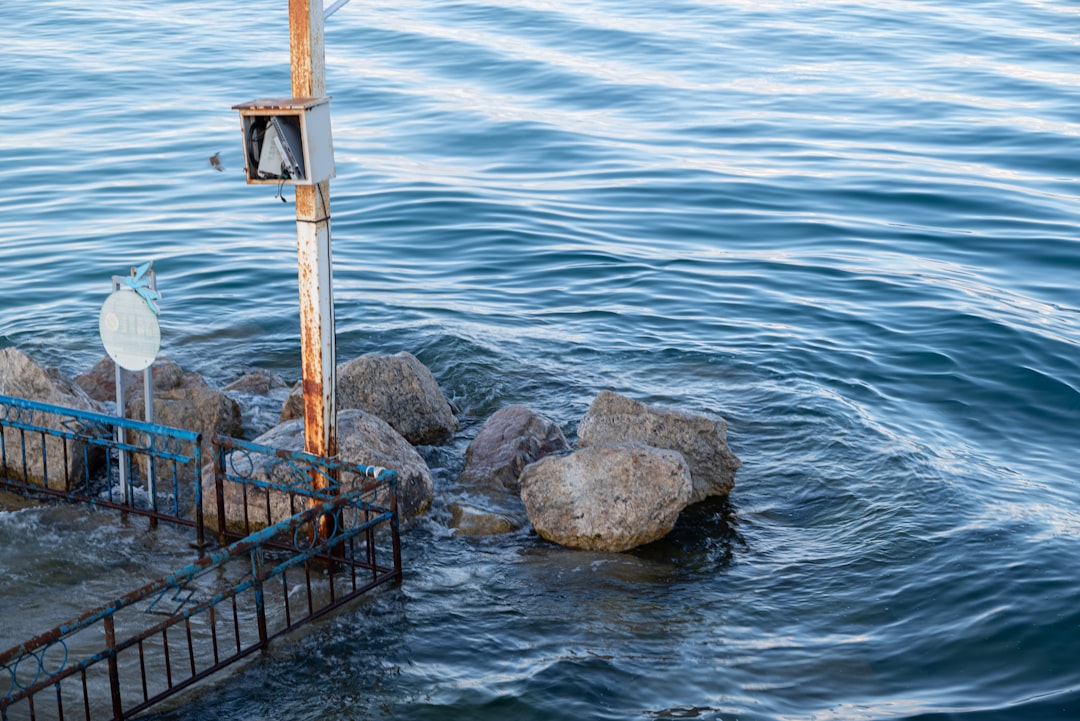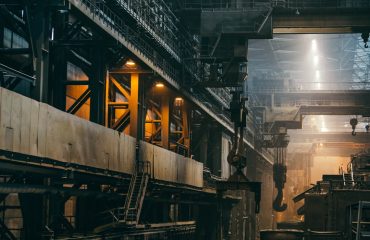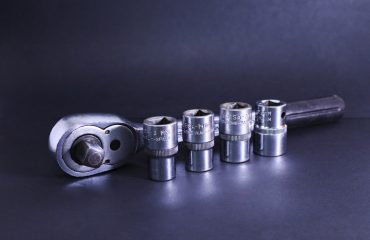body {
font-family: sans-serif;
line-height: 1.6;
}
h1, h2, h3 {
color: #0056b3;
}
Marine environments present unique challenges to piping systems. From the corrosive effects of saltwater to the immense pressures and stresses experienced during operation, ensuring the safety and integrity of pipes on ships, offshore platforms, and other marine structures is paramount. This comprehensive guide explores crucial aspects of marine pipe safety, providing essential insights for engineers, technicians, and anyone involved in the operation and maintenance of these critical systems.
1. Material Selection: The Foundation of Marine Pipe Safety
Choosing the right pipe material is the cornerstone of a safe and reliable marine piping system. The selection process must consider several factors, including the fluid being transported (e.g., seawater, oil, chemicals), the operating pressure and temperature, the environmental conditions (e.g., salinity, temperature fluctuations), and the potential for corrosion. Common materials include:
- Stainless Steel: Offers excellent corrosion resistance and high strength, making it suitable for a wide range of applications. Different grades (e.g., 316L) offer varying degrees of corrosion resistance.
- Duplex Stainless Steel: Combines the benefits of austenitic and ferritic stainless steels, providing superior strength and corrosion resistance compared to standard stainless steel.
- High-Strength Low-Alloy Steel: Cost-effective option for applications with lower corrosion risks. Requires appropriate coatings to protect against marine environments.
- Non-Metallic Pipes (e.g., PVC, FRP): Suitable for specific applications where corrosion resistance is critical and pressure requirements are moderate. Their limitations in terms of pressure and temperature must be carefully considered.
Proper material selection significantly reduces the risk of leaks, failures, and potential environmental damage.
2. Installation and Fabrication: Precision and Compliance
The proper installation and fabrication of marine piping systems are crucial for long-term safety and reliability. This involves meticulous adherence to industry standards and best practices, including:
- Welding: Qualified welders using appropriate techniques and materials are essential to ensure strong and leak-free joints. Regular welding inspections are crucial.
- Flanging and Connections: Proper alignment and torqueing of flanges are critical to prevent leaks. The use of appropriate gaskets and bolting materials is also vital.
- Support Systems: Adequate pipe supports are necessary to prevent sagging, vibrations, and stress concentrations that can lead to failures. The design of support systems must account for the weight of the pipe, the fluid it carries, and the dynamic forces experienced during operation.
- Stress Relief: In certain applications, stress relief procedures may be necessary to minimize residual stresses in the pipe and welds, enhancing longevity and safety.
Any deviation from established procedures can compromise the integrity of the system and lead to serious consequences.
3. Inspection and Maintenance: Proactive Measures for Safety
Regular inspection and maintenance are vital for identifying potential problems before they escalate into major incidents. This involves a combination of visual inspections, non-destructive testing (NDT), and pressure testing:
- Visual Inspections: Regular checks for corrosion, leaks, damage, and deterioration of pipe supports are essential. This should be performed by trained personnel.
- Non-Destructive Testing (NDT): Methods such as ultrasonic testing, radiographic testing, and magnetic particle inspection can detect internal flaws and weaknesses in the pipe without causing damage.
- Pressure Testing: Periodic pressure testing helps identify leaks and assess the integrity of the piping system under pressure. This should be carried out in accordance with relevant standards.
- Preventive Maintenance: Regular cleaning, lubrication, and replacement of worn or damaged components are crucial for preventing failures and maintaining system integrity.
A robust inspection and maintenance program significantly reduces the risk of accidents and extends the lifespan of the piping system.
4. Emergency Procedures: Preparedness for Unexpected Events
Despite preventative measures, unforeseen events can still occur. Having well-defined emergency procedures is crucial for minimizing the impact of leaks, ruptures, or other incidents:
- Emergency Shutdown Systems: Quick-acting valves and automated shutdown systems are essential for rapidly isolating damaged sections of the piping system and preventing further damage or injury.
- Leak Detection and Response: Systems for detecting leaks, such as pressure monitoring and flow meters, are crucial for early warning and rapid response. Emergency response teams should be well-trained in leak containment and repair procedures.
- Spill Response Plans: In case of a spill, a comprehensive spill response plan should be in place to mitigate environmental damage and protect personnel. This should include procedures for containment, cleanup, and reporting.
- Personnel Training: All personnel involved in the operation and maintenance of marine piping systems should receive appropriate training in safety procedures, emergency response, and the use of personal protective equipment (PPE).
Effective emergency planning and response are crucial for minimizing the consequences of unexpected events.
5. Regulatory Compliance and Standards: Adherence to Best Practices
Marine piping systems must comply with a range of international and national regulations and standards. Adherence to these regulations is not only essential for safety but also avoids legal and financial penalties. Some key standards include:
- IMO (International Maritime Organization) regulations: Cover various aspects of ship safety, including piping systems.
- API (American Petroleum Institute) standards: Provide detailed specifications for piping systems in the oil and gas industry.
- ASME (American Society of Mechanical Engineers) codes: Establish design, fabrication, and inspection standards for pressure vessels and piping systems.
- National and regional regulations: Specific regulations may apply depending on the location and type of vessel or offshore structure.
Staying informed about and complying with relevant regulations is vital for ensuring the safety and legal compliance of marine piping systems.
By diligently addressing these key aspects of marine pipe safety, the maritime industry can significantly reduce the risk of accidents, protect personnel, and safeguard the environment.
SEO Tags:
- Marine Pipe Safety
- Offshore Pipe Safety
- Maritime Piping Systems
- Pipeline Safety Regulations
- Marine Engineering Safety




